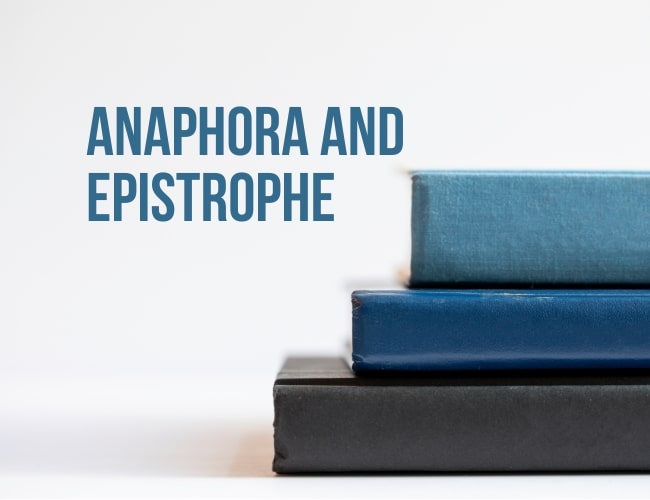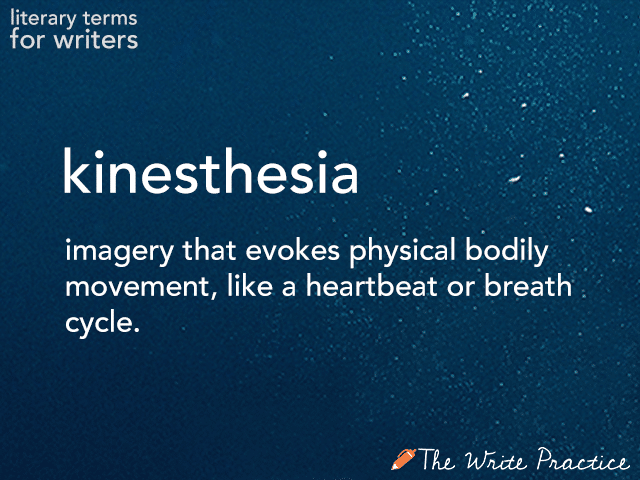
by Liz Bureman and Elizabeth Nettleton |
Afterward and afterword might sound similar, but they are in fact completely different words. So, what do they each mean? And when should you use them? Today, we’re looking at afterward vs. afterword and their usages in writing.

by Sue Weems and Liz Bureman |
Last Wednesday through Sunday, I went to Reykjavik with some friends thanks to Groupon. Fortunately, the jet lag hasn’t hit much since coming home, but it was a great weekend. We saw the Northern Lights, we saw waterfalls, we saw geysers, and we saw a place where two tectonic plates meet.
By the way, that last text pattern, with the repetition of “we saw”, is what’s called anaphora.

by Liz Bureman |
It’s kind of fun when words that refer to literary techniques have their origin in other disciplines. Take kinesiology, for example. I had several friends in college who were kinesiology majors, which means that they studied the science of human movement. That general idea of movement is also reflected in today’s new literary word: kinesthesia.

by Liz Bureman and Elizabeth Nettleton |
In speech, when you contract “could have,” “would have,” or “should have,” you end up with what sounds like, “could of,” “would of,” and “should of.” However, that is not what should be written. The proper contracted forms of could/would/should have are could’ve/would’ve/should’ve.
And yes, could’ve is an acceptable contraction. What is not acceptable is saying “could of” instead, because that is just plain wrong.

by Liz Bureman and Elizabeth Nettleton |
One of my all-time favorite movies is The Usual Suspects. I could watch it on a loop, and I’d still never get sick of it. If you haven’t seen it, I’m going to spoil the ending, and if you keep reading and get mad at me, it’s your own fault because that movie has been around since 1995 and you really should have seen it by now.
The vast majority of the movie is Kevin Spacey’s con man character telling a cop about a job that results in a huge explosion and lots of deaths. He says the mastermind behind the job is a man named Keyser Soze. At the end of the movie, we learn that Kevin Spacey is Keyser Soze, and a good number of details from the story that he told the police were made up from things he observed in the cop’s office.
The first thing your brain does after it picks itself up off the floor is get confused: Wait—if he made up those details, what other bits of information did he make up? Was anything he just told us real? Is Keyser Soze even real?
And just like that, the movie that was so straightforward for the first 100 minutes is suddenly a completely different movie.




